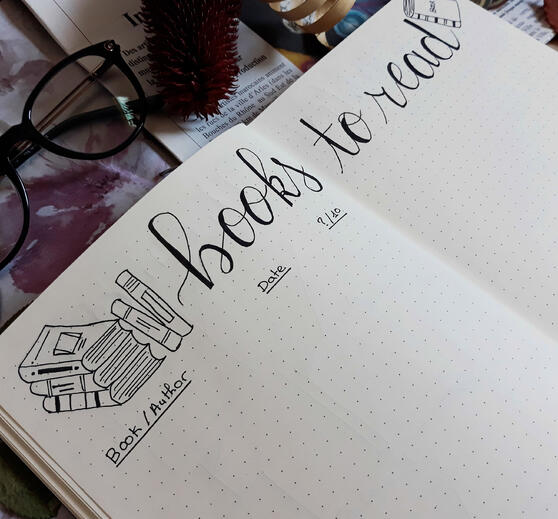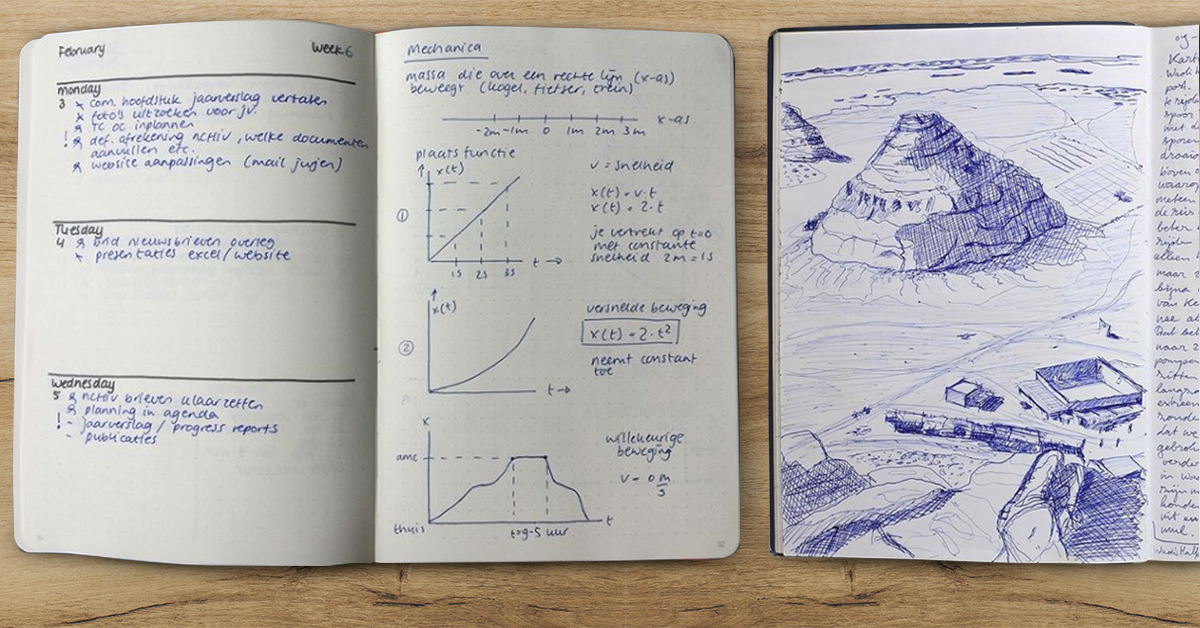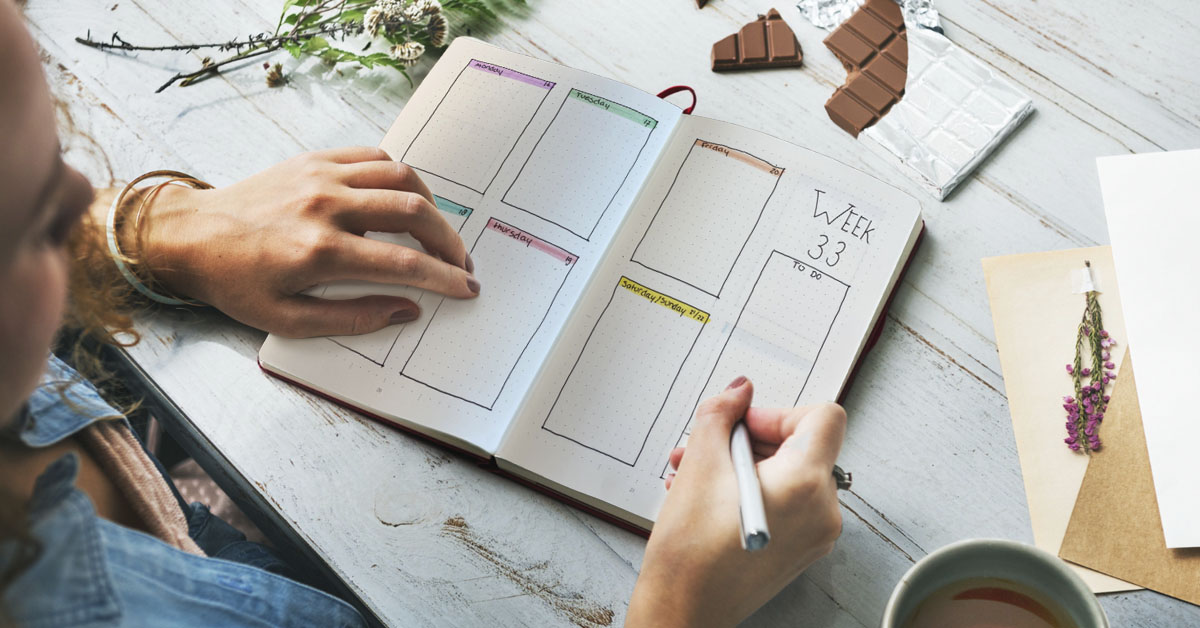DISCOVER THE BULLET JOURNAL METHOD
Many people use a diary, to-do lists and notebooks to keep their work organised, but when they need to find something, it turns out not to be as clear as they thought. I was also someone who made many different notes and to-do lists in several notebooks and loose papers. Meanwhile, I had lost track of my notes and what they contained. Time for something new: starting a bullet journal.
What is a Bullet Journal?
A bullet journal is a notebook with 'bullets' or dots on the pages. These bullets give you the freedom to arrange the content according to your own wishes by connecting the bullets with each other, this can be different for each page. For example, you can draw your own agenda layout that works for you, note pages with doodles or create spaces for illustrations. The options are endless. The bullet journal method was developed by designer Ryder Carroll to bring structure to your daily life. Bullet journaling is about turning your dreams and insights into actions. It's about combining the 'what' with the 'why'.
In this video the inventor Ryder Carroll explains what the Bullet Journal method is all about.
Who is it for?
Bullet Journals are widely used by designers, artists, entrepreneurs, teachers, travellers and anyone who wants to give a positive turn to their life. Bullet Journaling is the way to be more mindful of your time and shape your life in your own way.
When you first start out, it can be quite overwhelming with all the possibilities. Everything is possible and there is so much, especially when you google ideas for bullet journaling. It's natural to think, "Pff where do I start". I had this same feeling in the beginning, I wanted to copy all the designs I could find, but they didn't really fit me. Keep it simple in the beginning. You don't have to keep all these lists and copy all the designs you came across in order to keep a nice and good journal. Focus on the important things for you first: like a weekly and monthly schedule until you get into the routine and it becomes easier and easier. Remember, the goal is to make organisation and planning something fun, not perfectionism.
Develop your own rhythm and habits
You probably recognise it, starting off very enthusiastically but after a while you notice that you're spending less and less time on it. This can also happen with bullet journaling, as it does require some time of us. That's a shame because you're trying to get structure with bullet journaling. Therefore keep structure in using the bullet journal and make the usage systematic. Try to keep a regular time on which you just keep your journal daily. This can be in the morning at breakfast, or in the evening just before going to sleep where you already look ahead to the new day. If you create a habit, you will develop a rhythm and it will work.
Via the 'Bullets' each page can be filled in completely as you wish.

Goal attainment, creativity and mindfulness
An example of a functional Bullet Journal is the one by Hieroglyphs. This planner is specially made for bullet journaling with fun extras. With the handy information pages at the front of the book including: an explanation of the method, the contents of mindful planning, pages about contemporary symbols you can use, tips for habit trackers and a map to keep track of where you've been in the world (especially nice if you use the journal as a travel diary) you're all set to start.
The index pages are the table of contents of your bullet journal. Here you can write down what's in the bullet journal and on which page you can find this, because of the 3 reading ribbons you can find important pages even faster. You can write down all the months of the year with important dates in the future log after the index pages, this will give you a good overview of the coming year and when the important days are. For example holidays or birthdays but also important projects for your work. There are also pages that explain how you can use symbols to indicate and cross off important tasks that you have done, but also how you can move them to the next day or month. Then there are 188 blank pages with just subtle light-grey dots to fill in according to your wishes.

A bullet journal doesn't have to be all business. You can also use it as a diary, travel diary, mindful planning or to sketch in. My desk looks a lot clearer now and all my important notes, to-do lists and agenda items are all in one journal. I have to admit that I've only just started, but I already feel more organised and I'm definitely going to try and do more than just the basics in my journal!
 English
English Nederlands
Nederlands Deutsch
Deutsch Belgium
Belgium Français
Français Español
Español


